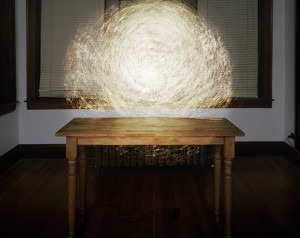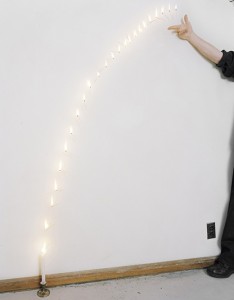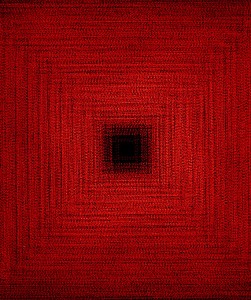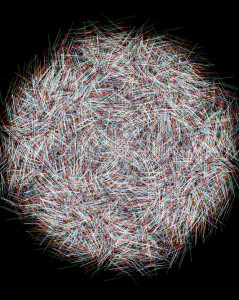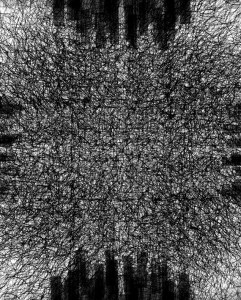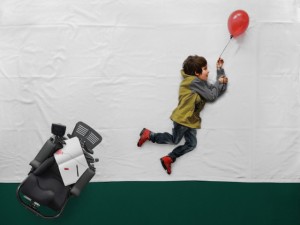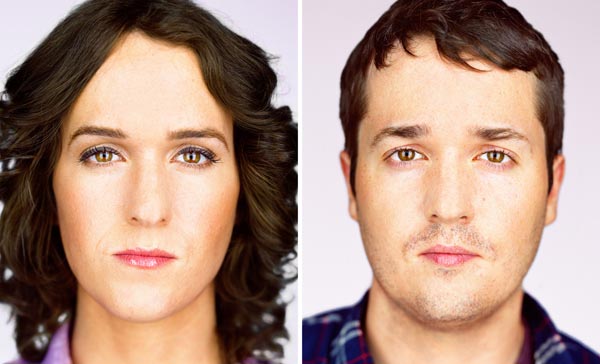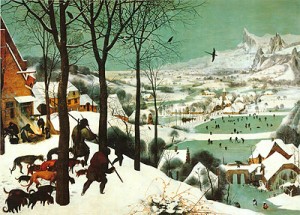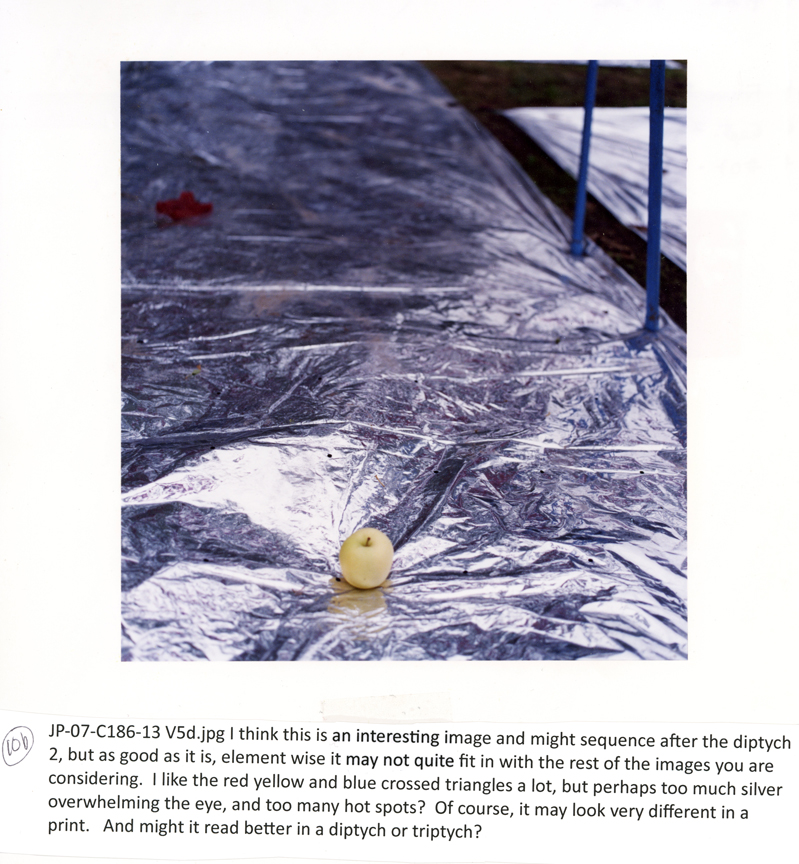Author John Jerome (1932-2002) wrote a book titled Stone Work, which I found thought-provoking and inspiring. The book follows Jerome as he sets about building a stone wall on his New England property, a creative process that was as rewarding and frustrating as any other. Here is a quote that speaks to me as a photographer: “I’ve never learned how to focus my attention, just as I never learned to study in school, only to read the books—the stories—that pulled my attention out of me. Actively focusing attention, coming up with enough mental energy to keep attention focused on something, was entirely too much effort. I didn’t know how to do it. I still don’t. I want to be able to step back and let the sheer beauty of this place overwhelm me, carry me passively along, but clearly that’s all wrong, a sure way to tune out: what I have to do to see into the woods is dig into the details (as Mies van der Rohe pointed out long ago—quoting, I’m sure, someone else). To focus on detail I take notes, attempting to write down the riches of the woods, trying to convince myself that I have gotten those riches. But I haven’t, I never have. I don’t know enough, don’t see enough, don’t know how to see. Don’t know what I’ve seen, what was going on, until I get back and start writing about it, telling myself the story: debriefing myself on the experience. Every time that I see a little bit more, it tells me there are worlds and worlds to see, deeper yet. The pleasure I get when I see a little tells me that all pleasure, all happiness, lies in seeing more. Whenever I manage to see some tiny bit, I always say to myself again, yes, that’s the way I wish I lived: seeing these things.” (Jerome 195-196)
The Creative Process
Starting a Project- The Inner Critic
Here's an excerpt from an article by author Mark Slouka in the Sunday New York Times from August 25 that I found totally relevant to any artist. Although Slouka is talking about writers, just substitute your media/field, and I think it will speak to you, too: “If writers agree on anything—which is unlikely—it’s that nothing can damage a novel in embryo as quickly and effectively as trying to describe it before it’s ready. Unfortunately, because we’re writers, aka bipedal nests of contradictions, avoiding the temptation to share is never as easy as simply keeping our mouths shut.
Why? Because we’re unsure—about very nearly everything. Because in our hearts we’re only as good as our last paragraph, and if the new book isn’t going anywhere, maybe we’re no good at all. Because we’re running on faith and fumes. In the early stages, before that magic moment when the voice of the story begins to speak, we want—no, crave—validation, someone on the outside who will say, preferably with godlike authority and timbre: “It’s brilliant. You’re on the right track. Just keep going.”
The problem, of course, is that our inner critic, the I.C., is whispering in our ear that we’re not even remotely on the right track—that we’re blundering around in the wilderness, in fact."
This article speaks to me because every time I am in the beginning phases of a new project, my experience is exactly like that. My normal confidence seems to desert me and I am filled with insecurities about the value/success/relevance of my new endeavor. Can you tell that I am embarking on not one, but a few new projects right now??!!!
Artists I Like- Myoung Ho Lee
Sometimes I ask myself why I seem to take the most complex, difficult route towards creating my work. Then I see the work of someone who has also taken a work-intensive route towards their work and I am gratified that I am not alone. Myoung Ho Lee, a Korean artist, created his "Tree" series by constructing a custom-built white panel that is set up behind a tree of his choice, and then photographs the tree and its surrounding environment. This approach requires a team of people and equipment that would stop most people in their tracks before ever getting started. 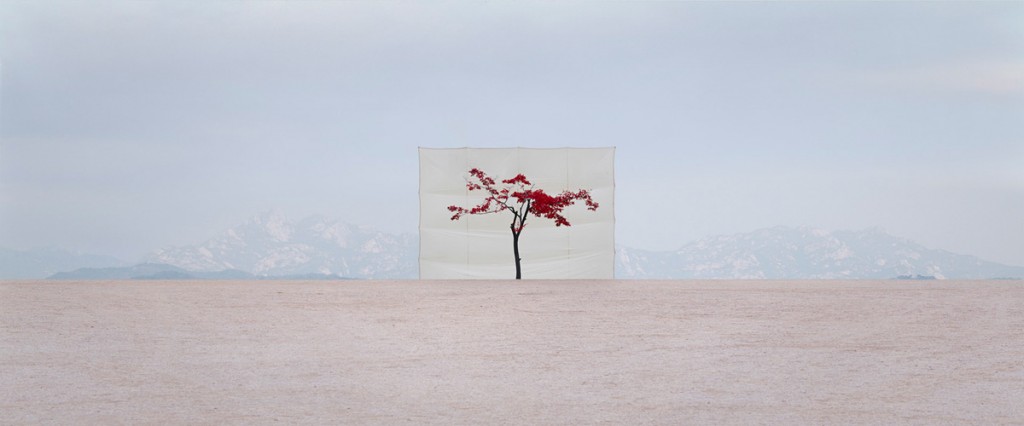 His pictures confront the viewer with the reality of the tree and its environment, but because the panel separates the tree from it, we are challenged to regard the tree differently than we would if the panel weren't there.
His pictures confront the viewer with the reality of the tree and its environment, but because the panel separates the tree from it, we are challenged to regard the tree differently than we would if the panel weren't there.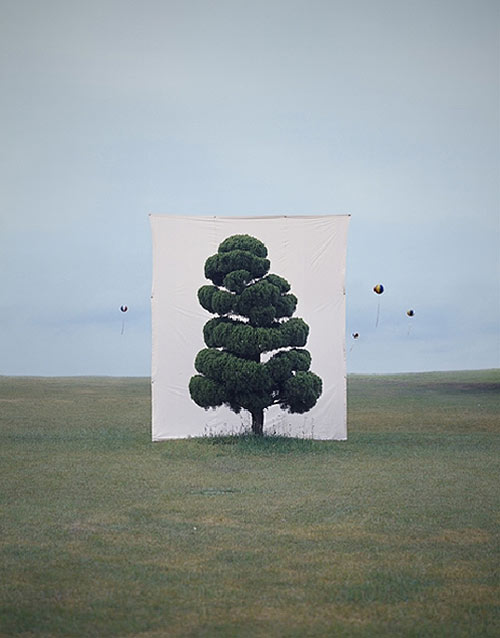
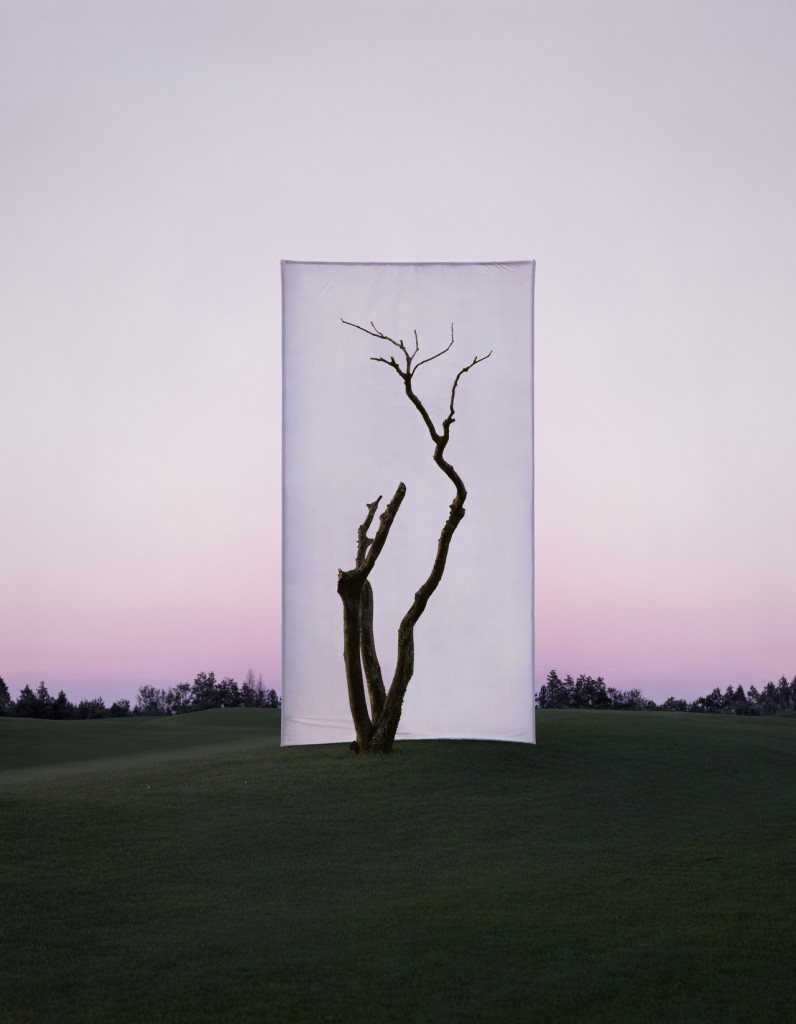 It's an outstanding example of how every single thing in the frame is important. Take away the panel, and the photograph is unremarkable. Include more or less of the surroundings, move the camera closer or further away from the tree, or choose to shoot at a different time of day- make any of those changes and the photograph would be less powerful. These pictures are a great reminder that what we include or exclude in the frame before clicking the shutter, in other words, how we edit the picture BEFORE it is taken, is critically important to the result.
It's an outstanding example of how every single thing in the frame is important. Take away the panel, and the photograph is unremarkable. Include more or less of the surroundings, move the camera closer or further away from the tree, or choose to shoot at a different time of day- make any of those changes and the photograph would be less powerful. These pictures are a great reminder that what we include or exclude in the frame before clicking the shutter, in other words, how we edit the picture BEFORE it is taken, is critically important to the result.
Art & Science- Caleb Charland
Caleb Charland is a photographer whose images inspire awe and wonder, particularly when you realize that all of his images are multiple exposures shot on film and then printed straight. Photoshop is not used in the creation of these puppies, which makes them even more amazing.
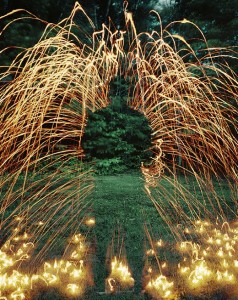 In an excerpt from an interview, he explains his process: "Silhouette With Matches (see left) was a simple process of multiple exposure. I shoot all my work with a view camera on 4x5 film. Basically, I took one exposure during the day for the background, then one at night while lighting and tossing the matches. This process left the outline of my body without the use of Photoshop."
In an excerpt from an interview, he explains his process: "Silhouette With Matches (see left) was a simple process of multiple exposure. I shoot all my work with a view camera on 4x5 film. Basically, I took one exposure during the day for the background, then one at night while lighting and tossing the matches. This process left the outline of my body without the use of Photoshop."
Charland's pictures are magical, taking me back to a time when I would make science fair projects in elementary school. Most of the time, I didn't really care if the project worked out, I just wanted to play with the stuff I was using to make the project with. Most often, that "stuff" had to do with matches and flashlights and things that moved through space.
But they are also metaphorical, such as Footprints with Matches (see below). This image implies as much as it tells, and leaves this viewer thinking about how much damage mankind has left behind in its frenzy to build and develop the land. Technically brilliant, visually arresting, and wonderfully thought-provoking, Caleb Charland is a photographer to watch. 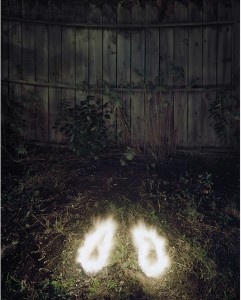
Art & Science- Niko Luoma
I've always been interested in the connection between art and science. I sometimes wonder if they aren't really one and the same, just different ways to understanding this universe we inhabit. The photographs of Niko Luoma refer to math, geometry, light (i.e. physics), and end up creating a magical universe that exists only on the photographic paper he prints on. He works with traditional analog photographic materials, making hundreds of exposures on one negative. The control he has over his materials is amazing.
He says about his work: "My material is light. The work focuses on energy rather than matter. My work is about the process as much as about the result. ...Working only with light and light sensitive materials, I am fascinated by the fact that this process leaves nothing behind- no debris, no ruin- just an exposed negative."
Here's my favorite image of his to date:
Challenging Yourself
"The challenge for me is to make the painting I don't know how to make." The above quote by painter Frank Herrmann is one that I find incredibly exciting. It's like throwing down the gauntlet in front of yourself, daring yourself to succeed or fail. It's a thought that demands that you be ok with so many of the things that cause artists anxiety: with not having a clue as to what you are doing, that you might not know how to get to where you want to go, that you might end up with artwork that wasn't what you had initially envisioned, that you are leaping into the unknown without a parachute.
But, as Bart Simpson would say: "Cowabunga!!!!"
Why let our fears hold us back??? Trying to make what you don't know how to make - I'm going to tattoo that on my brain.
Artists I Like- Matej Peljhan
This week's horrific bombings at the Boston Marathon left many people with terrible leg injuries. It left me thinking, among other things, about how those victims will cope into the future with the loss of their limbs. So the issue of physical disabilities and challenges were already on my mind when I discovered today a series of pictures by Metej Peljhan made for a 12 year old boy named Luka who suffers from muscular dystrophy.
Luka longs to do things that are physically beyond him, so Peljhan created photographs that depict him doing those activities, things like playing basketball and breakdancing.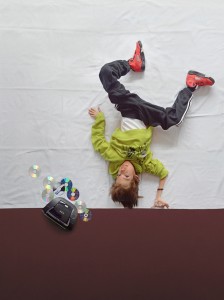
The beauty of these pictures lies in their simple, low-tech approach, and in their whimsicality.They are utterly honest, and therefore compelling.
They are a good example of how photographs can touch the heart, and of how a little imagination can go a long way.
To see more, to go Peljhan's website.
A Book on Wood Carving
In the March 16th issue of the Economist, I read a review of a new book by woodcarver David Esterly. The title of the book, The Lost Carving: A Journey to the Heart of Making, immediately caught my eye and the review made me want to read it. Here's the part of the review that spoke to me most: (The book) "...is a meditation- on "beauty, skill nature, feeling, tradition, sincerity", all now art-world anachronisms, he fears. But above all, it is a song to his medium, the wood itself, its grain, the way it answers to the blade, the conversation to be had with it. "Making" is the word in Mr. Esterly's title, and it is the nub of his book. He is in love with the physicality of his art, the flowing together of hand and brain, of chisel and creativity. The idea that the artist should both master and be mastered by the medium clearly fascinates him.
Lovely! Will have to read it ASAP.
The Journey- #1
"Life is a journey." How often have I thought about that sentence over the years? It came up again after reading an intriguing article about Kilian Jornet Burgada, "the most dominating endurance athlete of his generation" in last Sunday's NY Times magazine. This paragraph appeared towards the end of the article:
"What are you running after? I asked Jornet. Having beaten men, do you now want to challenge the mountains? He gently corrected me. You don't beat the mountains. You go when they permit, he said. The speed records and "firsts" aren't important except for motivation, he insisted. Then he mentioned the Uruguayan writer Eduardo Hughes Galeano, who once likened the ideal of Utopia to the horizon - goals that retreat even as we chased them. "The important thing is not to catch something," said Jornet... What matters in life is the pursuit, and everything we learn along the way. "The important thing," he said, "is moving."
What struck me about Jornet's quote was the phrase "...everything we learn along the way." With that, he emphasizes the need for reflection. For we are always learning as we move forward through our lives, but often don't take the time to look at and reflect upon what we are learning as we do so.
And reflection is such an important part of the creative process! I ask myself questions constantly as I am working on a new piece or project. Taking time to reflect allows me to see what I've done well or poorly, and allows me to learn from my failures and successes. In short, reflection and the learning that comes from it is essential to growing creatively.
Someone once said to me that a "good" teacher is one who is constantly trying to improve, who recognizes what they have already achieved, but realizes that there is so much more that they could do better and who works towards that end. That speaks perfectly to what Jornet said, "What matters in life is the pursuit, and everything we learn along the way."
Challenging the Concept of "Sameness"
German photographer Martin Schoeller's photographs of twins challenge our perceptions of "sameness".

He states: "Questioning the principles that define the sameness and differences of identical siblings is a study of the core habits of perception—the extent to which our environment impacts our development and our expectations, our preferences, and our choices. We assemble impressions of and form mysterious attachments to universal features—hairline, forehead, eyes, nose, mouth, and chin. We take their arrangements to be unique. Identical twins dispute that assumption."
 This series can be found in the book "Identical: Portraits of Twins". I love how thought-provoking this work is, and its straightforward pictorial approach to the subject.
This series can be found in the book "Identical: Portraits of Twins". I love how thought-provoking this work is, and its straightforward pictorial approach to the subject.
A Comedian's Creative Process
i just read an article on comedian Jerry Seinfeld in the New York Times. The author of the piece brilliantly conveys the behind-the-scenes work that Seinfeld pours into his stand-up routines. It convinced me once again, that, regardless of one's field, all creative endeavors follow a similar path: you have to spend time, you have to practice, you have to be willing to fail, you have to be open to what the world has to offer, and be able to pay attention to details. Read it- it's worth it!
Thoughts on How Creative Interests Change Over Time
Having gone to the "Emmet Gowin and His Contemporaries" show up in Dayton recently inspired me to do a little more research on him. I came across an interview with him by Sally Gall (a great photographer in her own right) that appeared in Bombsite magazine back in 1997. When asked by Gall about his transition from family pictures to landscapes, Gowin said:
EG: "...I always knew that it wasn’t going to last. You can’t be an artist and have your identity reside in only one thing. The thing that you master will become a stranger to you, and you will outlive it or you will need to live into something else. You will always need to be educating yourself to the complexity of your feelings as they grow, and you don’t want to do something twice, really. 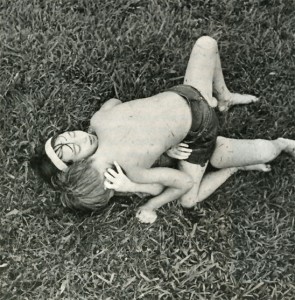 Everything that makes you an artist in a sense is the way things are understood; how they fit together in ways that have not been understood before. How can you discover the inherent value that’s hidden in things that you haven’t yet seen? It’s in that sense that you want to do something new. And you know that it’s chance that’s going to put those things together. Only chance can bring together new combinations in a way that is revolutionary. No one ever discovered anything really important intentionally."
Everything that makes you an artist in a sense is the way things are understood; how they fit together in ways that have not been understood before. How can you discover the inherent value that’s hidden in things that you haven’t yet seen? It’s in that sense that you want to do something new. And you know that it’s chance that’s going to put those things together. Only chance can bring together new combinations in a way that is revolutionary. No one ever discovered anything really important intentionally."
SG: "You can’t will it into being."
EG: "If there were no problem there would be no discovery.  But also, there has to be the confrontation with something inexplicable, something you didn’t intend to do and that has so much presence you say, “Okay, I don’t expect you to go away, but I don’t know what you’re good for.” Chemistry and the sciences are full of this kind of thing. And that’s what’s underneath the creative life for artists, how to grasp the interrelationships that exist in the world in a way that hasn’t been done before."
But also, there has to be the confrontation with something inexplicable, something you didn’t intend to do and that has so much presence you say, “Okay, I don’t expect you to go away, but I don’t know what you’re good for.” Chemistry and the sciences are full of this kind of thing. And that’s what’s underneath the creative life for artists, how to grasp the interrelationships that exist in the world in a way that hasn’t been done before."
EXACTLY! This perfectly expresses my experiences in moving from one project to another over the years. I discover them, or they discover me. Sometimes an idea appears suddenly, seemingly out of the blue. Sometimes I think about an idea for a long time before I do anything about it, and sometimes I tackle it right away.
But there is always an element of unexpected awakening whenever an idea comes to me, a question in my mind as to what to do with it, and a sense of danger inherent in the risk I would undertake if I choose to actually address the idea. It's both exhilarating and scary, all at the same time.
Herzensschatzi Komm (Sweetheart Come)
This link will take you to a site that has found a permanent place in my creative self. It tells the story of a German mother of two named Emma Hauck who spent many years in a mental institution in the early 20th century. While institutionalized she wrote the phrase "Herzenschatzi komm" to her husband thousands and thousands of times. Directly translated, this phrase would read "treasure of my heart, come", but the meaning is more accurately rendered as "sweetheart come".

These letters, while incredibly sad given the story behind them, are testaments to the power of repetitive mark-making. I am fascinated by what they look like - at once simple and complex. Here's one example on the left.
Final Edit- Finally!
I've completed the final editing for the show that will be at the YWCA Gallery in Cincinnati in October as part of the Fotofocus Cincinnati photography festival. I was at an impasse until I went to the gallery and was able to see for myself the layout and lighting of the space. Once I did, the final edit just fell into place. I'm once again struck by the difference between seeing something in real life, or experiencing it through other means, like in a photograph, a map, or the written word. Prior to that visit, I had had a map of the space and had tried to imagine the work there, which worked to a degree. But it was totally different to actually stand in the space, absorbing its ambiance, sounds, and look.
This was the same kind of experience I had had once in an art history class, when we were looking at The Hunters in the Snow (Winter) (see below), by Pieter Bruegel the Elder, initially in books and then via projected images. Then later we went to a museum, where we saw his works in the flesh. It was like night and day.
Always opt for the real thing, whenever possible!
The Process of Creating #1
This is the perfect description of what is important to me about making art. While author John Irving creates with words, he could just as well be speaking about studio artists: ““You have to know as a writer the difference between how you consider yourself publicly and the way you must continue to only consider yourself a lowly practitioner,” [Irving] says. “Every new page you start, you are a beginner. And I am writing every day to challenge myself, to make myself better and stronger.”
His mouth hikes up, and his voice takes on an amused, challenging tone. “You never see a great wrestler who doesn’t drill, who stops fanatically practicing his best shot. My old coach used to say that if you were in it for the trophies, you were in it for the wrong reasons.” He pauses for a long time, hinging together two thoughts as if with one of his trademark semicolons. “If you presume to love something, you must love the process of it much more than you love the finished product.”
This is his way of saying …that his life as a writer has been about the drills, the practice, the lovely drudgery of putting one word in front of another and building characters and worlds that may speak of their time but will also, with the help of faithful readers, be lasting.”
From an article on author John Irving in Time magazine, May 14, 2012
The Process of Editing
I was invited by photographer/curator Judi Parks to take part in an exhibition at the YWCA Women's Gallery that will be part of Fotofocus Cincinnati biennial this October. While choosing the images that will go into the show, I have sent Judi various options to show her what I've been thinking along the way. She responds via e-mail, I print them out, and tape her comments onto work prints so I can keep her feedback in mind as I progress in making my decisions. Here are some examples:
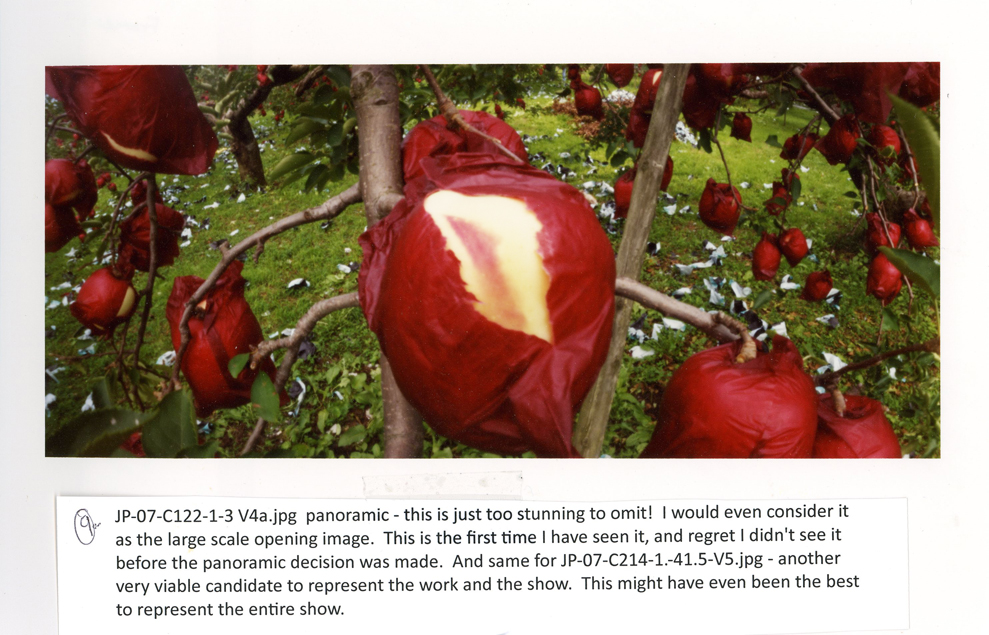 Whether we agree or disagree, it's been extremely helpful to do this. It creates a dialog in my head that helps me to figure out where I want to go with this.
Whether we agree or disagree, it's been extremely helpful to do this. It creates a dialog in my head that helps me to figure out where I want to go with this.
Current Work-in-Progress
Although the Seeking Perfection project is presented on my website as if it were complete, I am currently in the midst of re-thinking and re-editing it. The first edit, the one that can be seen on the site, revolved around the process of traditional apple-growing in Japan, showing the tools and the steps involved over the course of the growing season. This new edit is focusing on the visible effects that this process has on the land, the trees, and the apples. Some images from the first edit are showing up in the second, while others are now being included that I never would have considered before.
I've never re-thought a project like this before, and am fascinated to be discovering things in the work that just hadn't been apparent to me prior to this. The new edit will be shown in an exhibit that will be part of Fotofocus Cincinnati in October, 2012.
